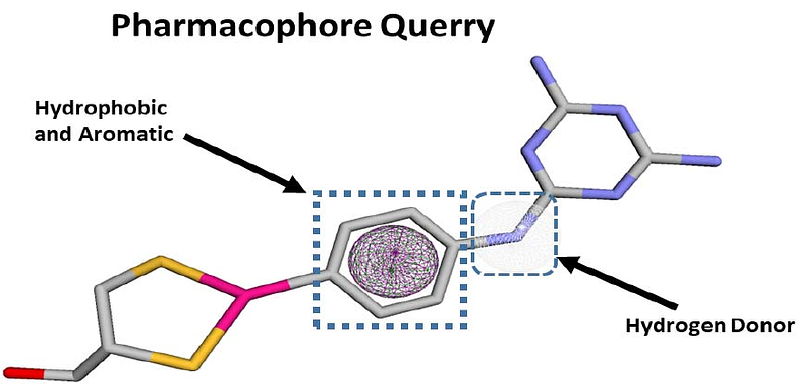Discovery of Novel Trypanothione Reductase Inhibitors through Pharmacophore Modeling, virtual Screening and Molecular Dynamics Simulations. New insights for Human African Trypanosomiasis

Discovery of Novel Trypanothione Reductase Inhibitors through Pharmacophore Modeling, virtual Screening and Molecular Dynamics Simulations. New insights for Human African Trypanosomiasis
EVANS, E. M.; Taofeek, O. O.; Gwira, T. M.; Morang'a, C. M.; Musyoka, T. M.; Nyanjom, S. G.
AbstractHuman African Trypanosomiasis (HAT), caused by Trypanosome brucei, remains a critical health concern, with treatments such as Melarsoprol hampered by toxicity and resistance. To address this, we aimed to identify inhibitors targeting Trypanothione Reductase (T.b TR), a key enzyme in the Trypanosome survival. A pharmacophore model was derived from Melarsoprol and validated using Receiver Operating Characteristic (ROC) curves and Enrichment Factor (EF). Virtual screening of compound libraries identified two promising candidates, VS-1 and VS-2, based on superior docking scores. Subsequent molecular dynamics simulations confirmed the stability of the ligand-enzyme complexes, while binding free energy calculations revealed strong binding affinities for VS-1 and VS-2. Per-residue decomposition pointed critical interactions with active site residues, including MET 260, ASN 130, and HIS 128, contributing to the compounds stability and activity. These findings suggest that VS-1 and VS-2 are potential inhibitors of T.b TR, with better efficacy than Melarsoprol. However, further in vitro studies, including IC50 determination, cell cycle analysis, and morphological assays, are essential to confirm the therapeutic potential of these compounds for the treatment of HAT.